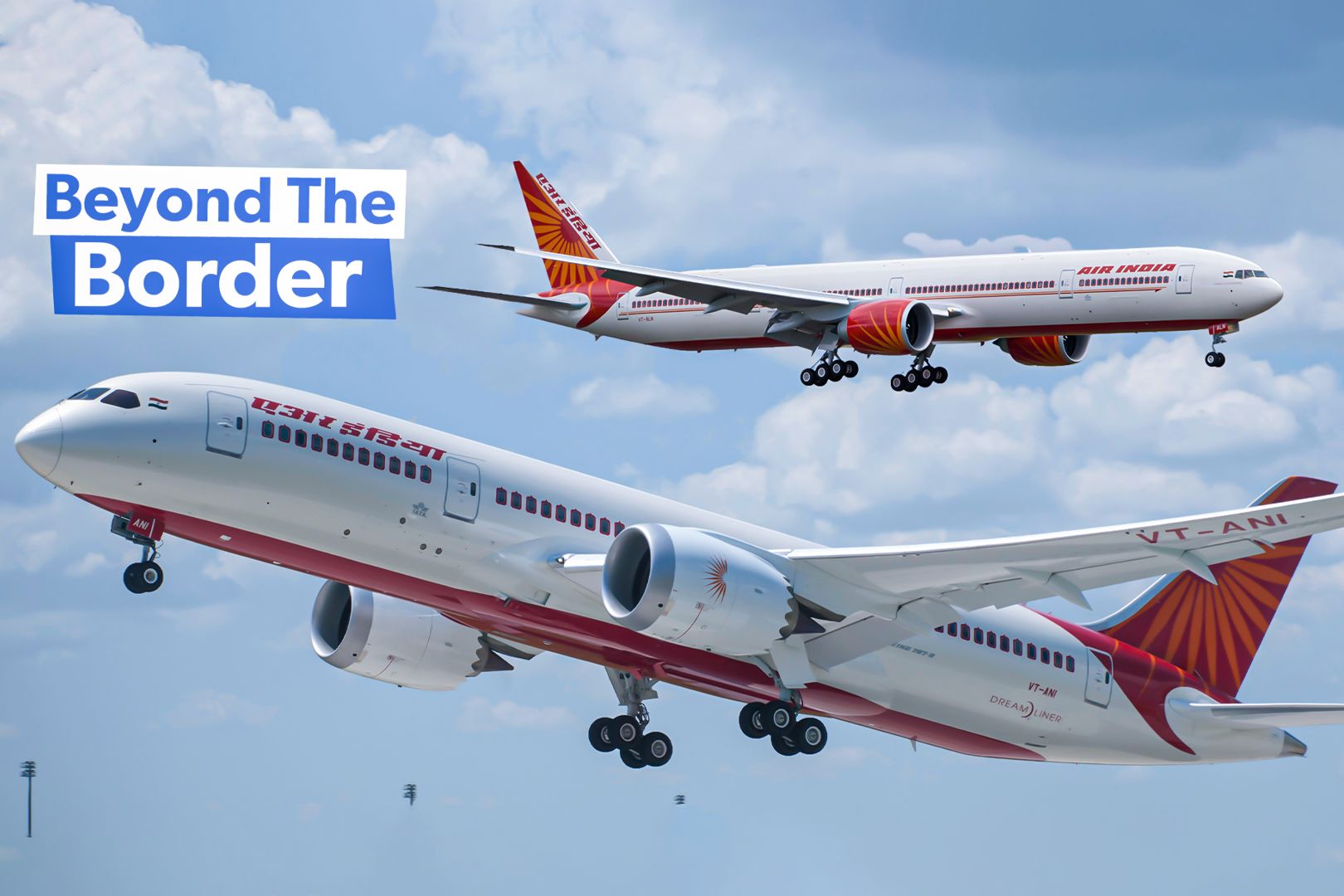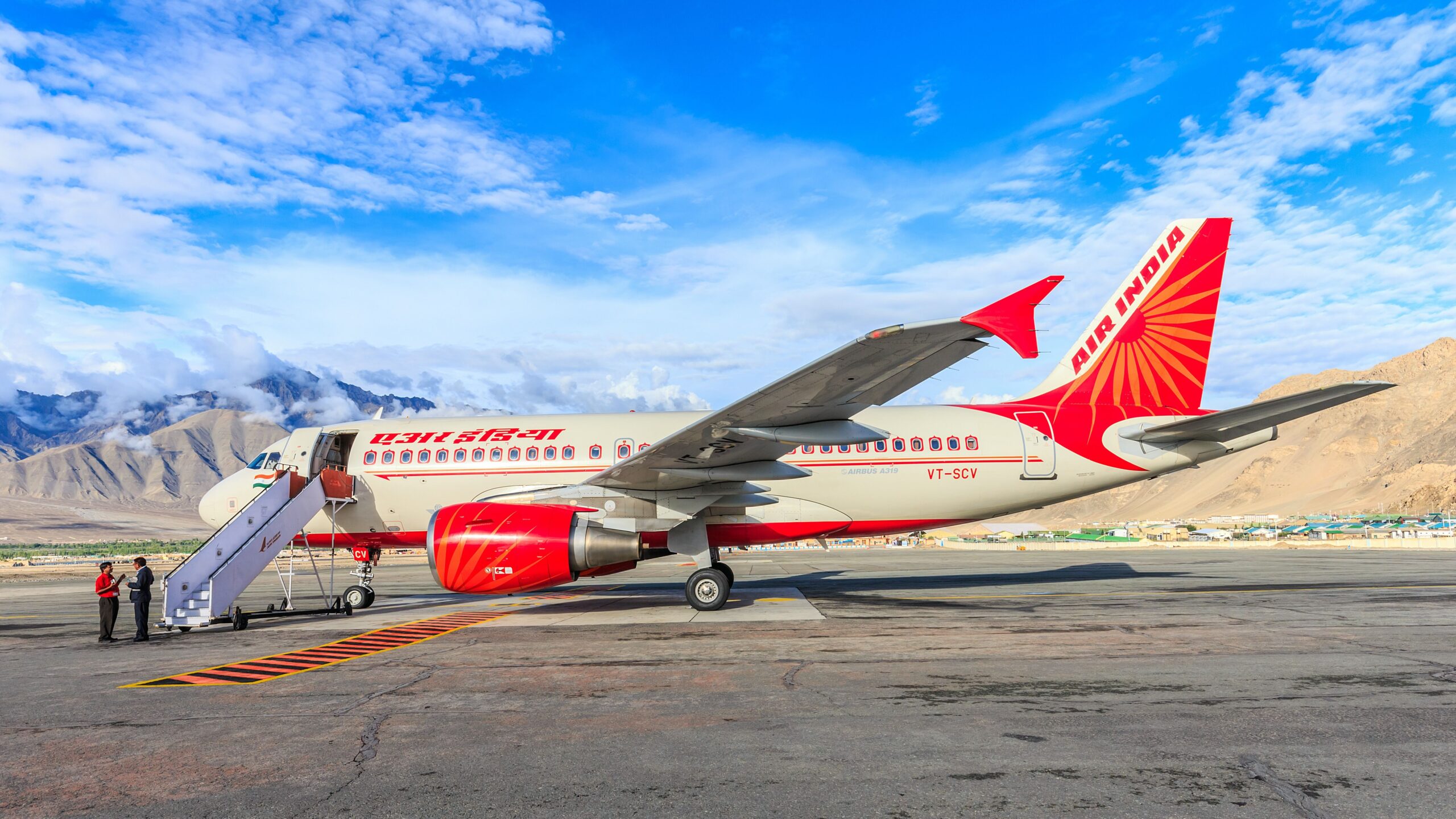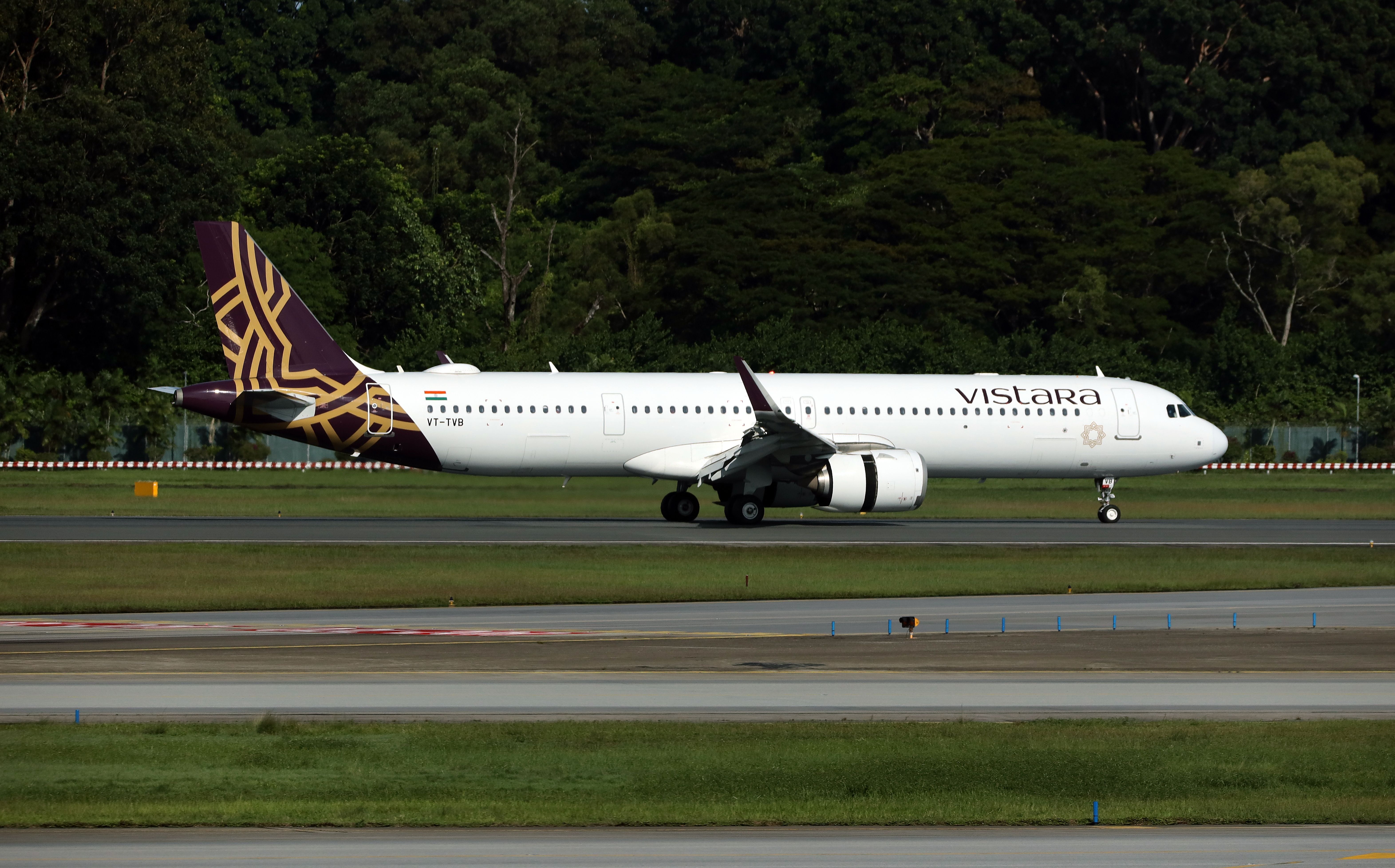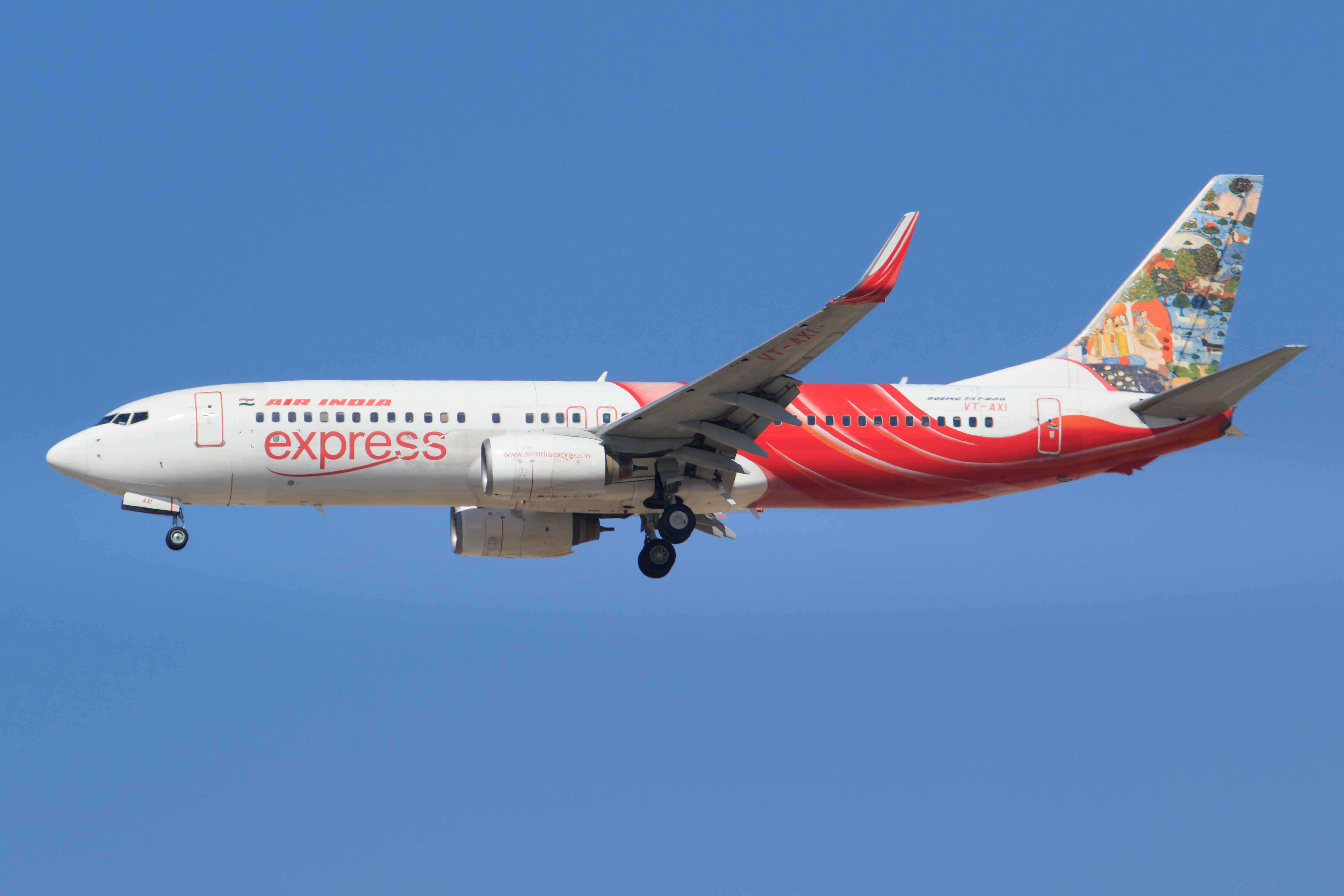Summary
- The merger of Air India and Vistara may result in 300 redundancies, impacting fixed-term contract employees.
- Together, both airlines employ more than 23,000 people.
- Tata Group aims to consolidate the Indian aviation market by merging airlines into two major carriers.
The merger between India’s flag carrier Air India and Vistara could see a new wave of layoffs as the merger nears its final stages. Approximately 300 non-flying staff members are unlikely to get their service agreements renewed within the merged entity, sources close to the matter told Press Trust India (PTI), the country’s news agency.
Threat of unemployment
Ever since the merger between Tata Group-owned
Air India
and Vistara was announced, both airlines have been working to integrate their operations. As part of this process, a fitment procedure has been underway for several months.
Photo: KITTIKUN YOKSAP | Shutterstock
This involved evaluating the roles and capabilities of staff from both airlines, taking into account their experience and performance. As a result, approximately 300 fixed-term contract employees may not have their contracts renewed. A source told PTI:
“But as they have not been assigned any role during the fitment exercise, which is almost complete now, their contracts are unlikely to be renewed.”
However, staff members who have been with the Indian flag carrier for 10 to 15 years across various departments have been receiving contract renewals. Together, both airlines employ more than 23,000 people.
Simple Flying has asked Tata Group for a comment.
News of the potential wave of redundancies comes as Air India unveils two new separation schemes for non-flying permanent staff ahead of its merger with Vistara. The Voluntary Retirement Scheme (VRS) is available to employees with at least five years of service, while the Voluntary Separation Scheme (VSS) is offered to those who have been with the airline for less than five years.
It is important to note that fixed-term contract employees are not eligible for these schemes, leaving them with job insecurity and without the same options available to permanent employees.
Indian aviation consolidation is underway
The Indian conglomerate Tata Group has been consolidating the Indian aviation market since the privatization of Air India. As part of this consolidation, Tata Group plans to streamline its operations by merging its four airlines into two: one full-service carrier and one low-cost carrier.
Photo: Mike Fuchslocher | Shutterstock
Vistara, a joint venture between Tata Group and Singapore Airlines Group (SIA), is set to merge with Air India by the end of this year. According to Tata, SIA will hold a 25.1% shareholding in Air India after the consolidation. With a combined fleet of more than 200 aircraft, the merged unit will become India’s largest international carrier and the second-largest domestic airline after IndiGo.
Commenting on the merger, Mr Goh Choon Phong, Chief Executive Officer, Singapore Airlines, said:
“With this merger, we have an opportunity to deepen our relationship with Tata and participate directly in an exciting new growth phase in India’s aviation market. We will work together to support Air India’s transformation program, unlock its significant potential, and restore it to its position as a leading airline on the global stage.”
Meanwhile, Air India Express and AIX Connect (formerly AirAsia India) will merge to make another Indian budget carrier. Once merged, the combined unit will operate a fleet of 83 aircraft. The fleet will combine both popular narrowbodies, including Boeing 737s and Airbus A320s, according to ch-aviation data.

Related
Examined: Air India’s Top 5 International Routes By Seat Availability
Air India operates a range of single-aisle and widebody jets on international routes.



